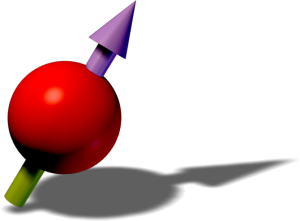Now published in Physical Review A, we theoretically investigate the role of trap geometry plays in determining the dimensionality of dipolar droplet arrays, which range from one-dimensional to zigzag, through to two-dimensional supersolids. Supersolidity is well established in one-dimensional arrays, and may be just as favorable in two-dimensional arrays provided that one appropriately scales the atom number to the trap volume. We develop a tractable variational model—which we benchmark against full numerical simulations—and use it to study droplet crystals and their excitations. We also outline how exotic ring and stripe states may be created with experimentally feasible parameters. Our work paves the way for future studies of two-dimensional dipolar supersolids in realistic settings.
You can see the paper here: E. Poli et al., Phys. Rev. A 104, 063307 (2021) [pdf] [arXiv]
News
Category for non scientific news
Review article now published in Nature Physics!
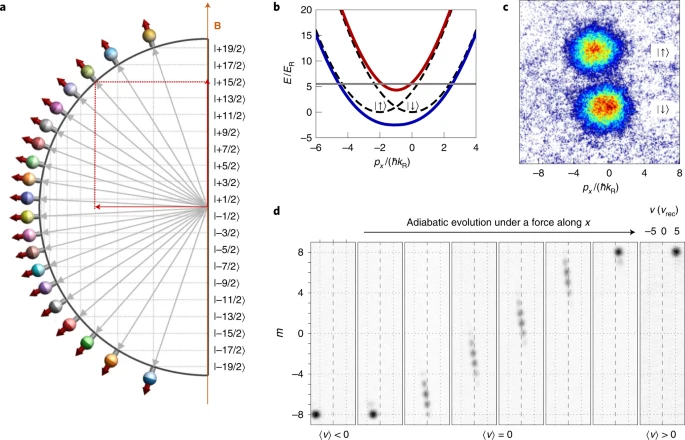
Our review on the quantum many-body physics in ultracold magnetic lanthanides is now published in Nature Physics!
Take a look here: Developments in atomic control using ultracold magnetic lanthanides
Supersolid observation chosen as favourite Phys. Rev. X paper
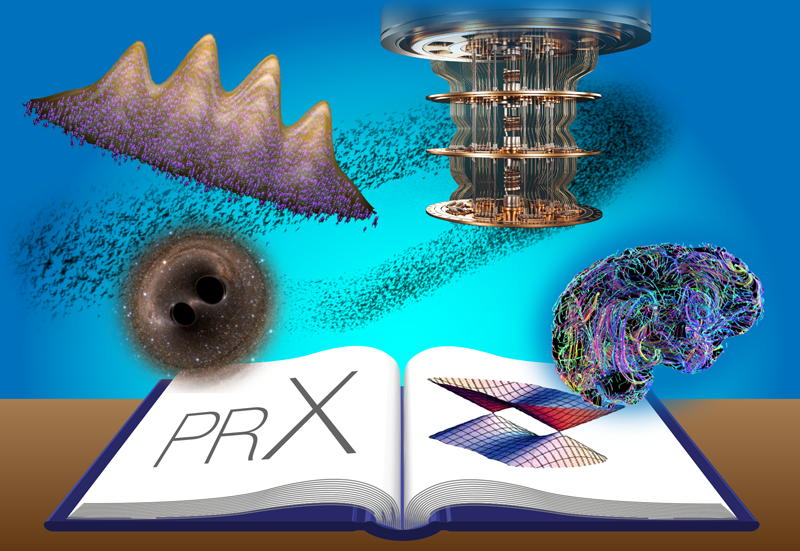
The American Physical Society’s high impact journal Physical Review X has chosen its favourite papers for its tenth anniversary. Among those chosen was the first observation of a dipolar supersolid from our group and the simultaneous observation at the University of Stuttgart.
Full article available here: PRX – Ten Years After
A new erbium MOT in the T-REQS lab!
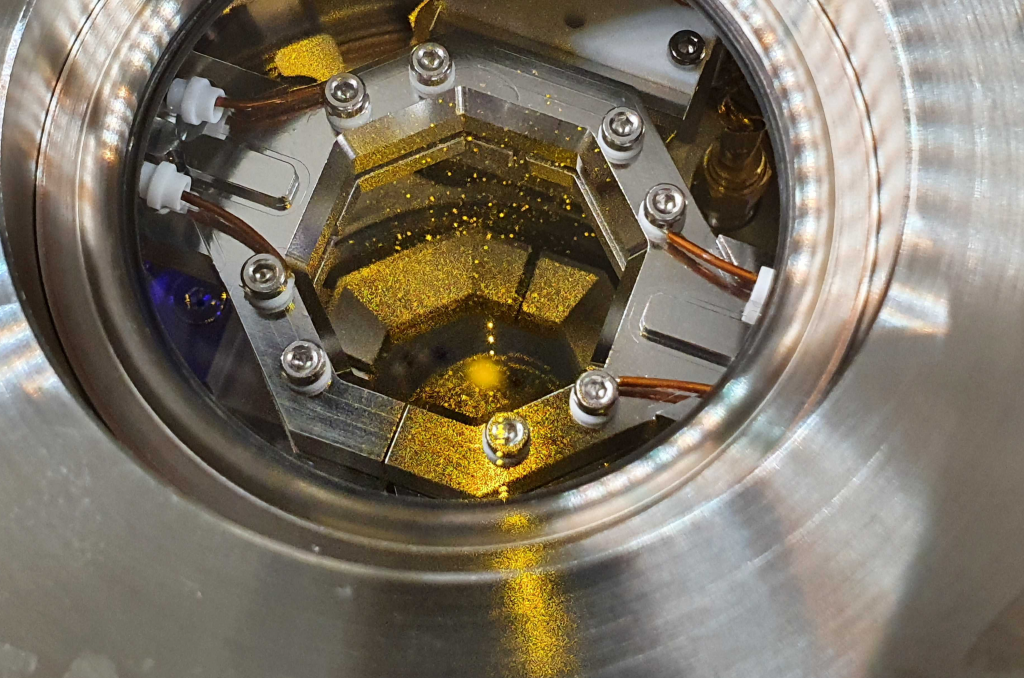
After several months of preparations and setting up our system, we have produced our first ultracold atomic cloud of erbium atoms in our new T-REQS lab. After initial slowing down in a Zeeman slower with a broad transition, we trap and cool 166Er atoms in a 5 beam magneto-optical trap operating on the narrow linewidth transition at 583nm. We trap up to 120 million atoms and cool them to ~15 microkelvin in a compressed MOT phase. This is a first step on our way to trapping ultracold erbium atoms in optical tweezers.
Winter school applications open

Applications have now opened for the Introductory Course on Ultracold Quantum Gases 2022 winter school. This will take place in Innsbruck between the 9th and 11th February 2022. Please visit the website for more information and to apply.
Two-dimensional supersolidity in a circular trap
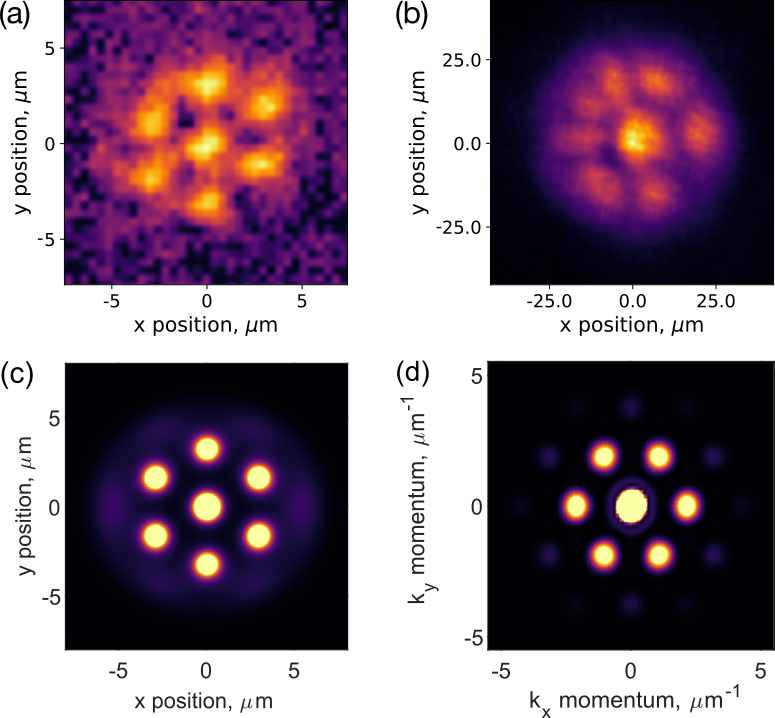
Dipolar condensates were recently coaxed into supersolid phases supporting both superfluid and crystal excitations. The first dipolar supersolids consisted of one dimensional droplet arrays, and a recent experiment here achieved two dimensional supersolidity, observing the transition from a linear chain to a zig-zag configuration of droplets.
In this work, in collaboration with Prof. Luis Santos from the Leibniz University Hannover, we show that while one-dimensional supersolids may be prepared from condensates via a roton instability, such a procedure in two dimensions tends to destabilise the supersolid. By evaporatively cooling directly into the supersolid phase–hence bypassing the roton instability–we experimentally produce a 2D supersolid in a near-circular trap, an observation verified through state-of-the-art finite temperature simulations. We show that 2D roton modes have little in common with the supersolid configuration, instead, unstable rotons produce a small number of central droplets, which triggers a nonlinear process of crystal growth. We calculate excitations for a 2D supersolid ground state, and make comparisons with 1D arrays using the static structure factor. These results provide insight into the process of supersolid formation in 2D, and define a realistic path to the formation of large two-dimensional supersolid arrays.
This work has been published in Physical Review Letters, and it can also be found on the arXiv.
